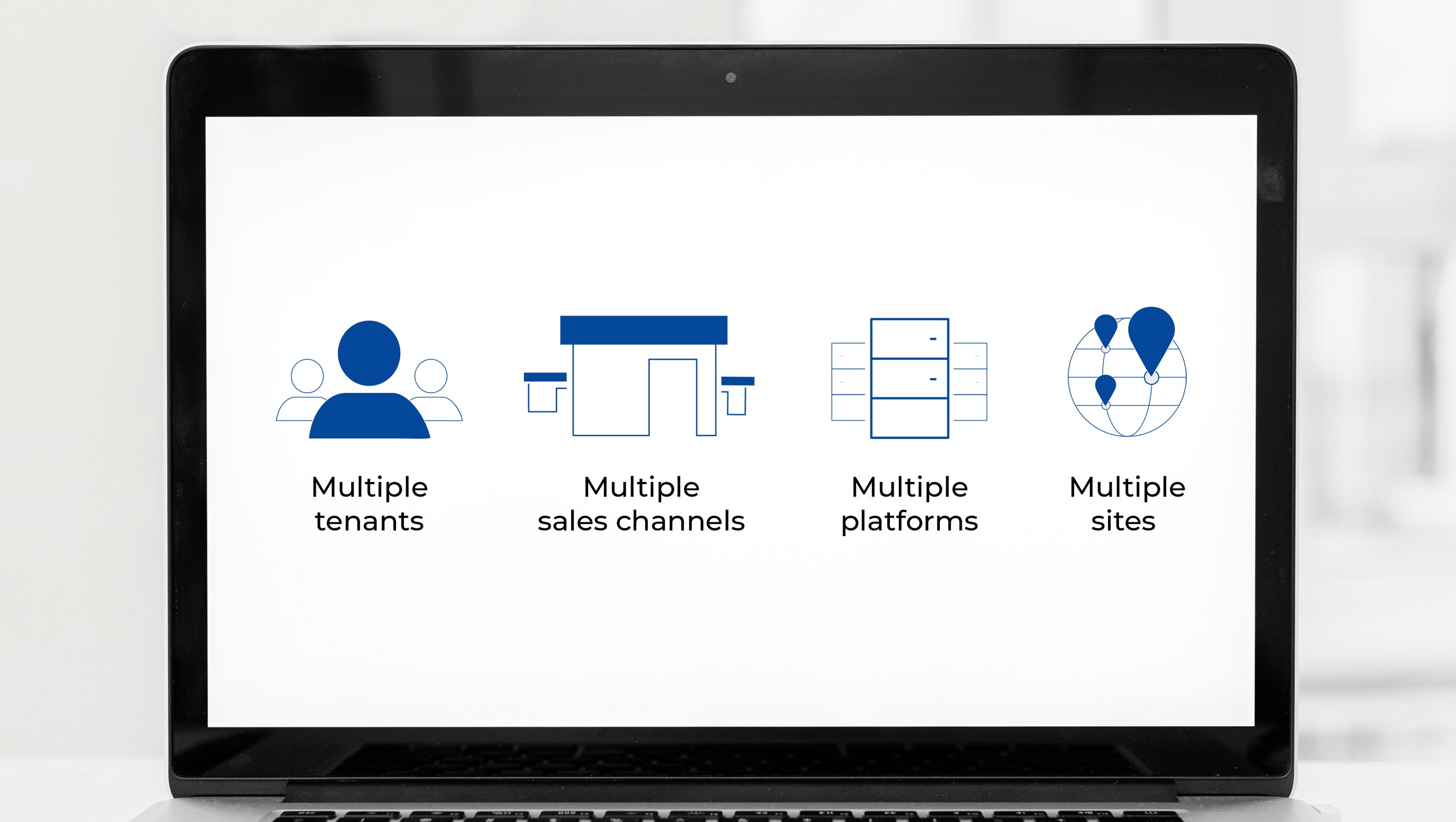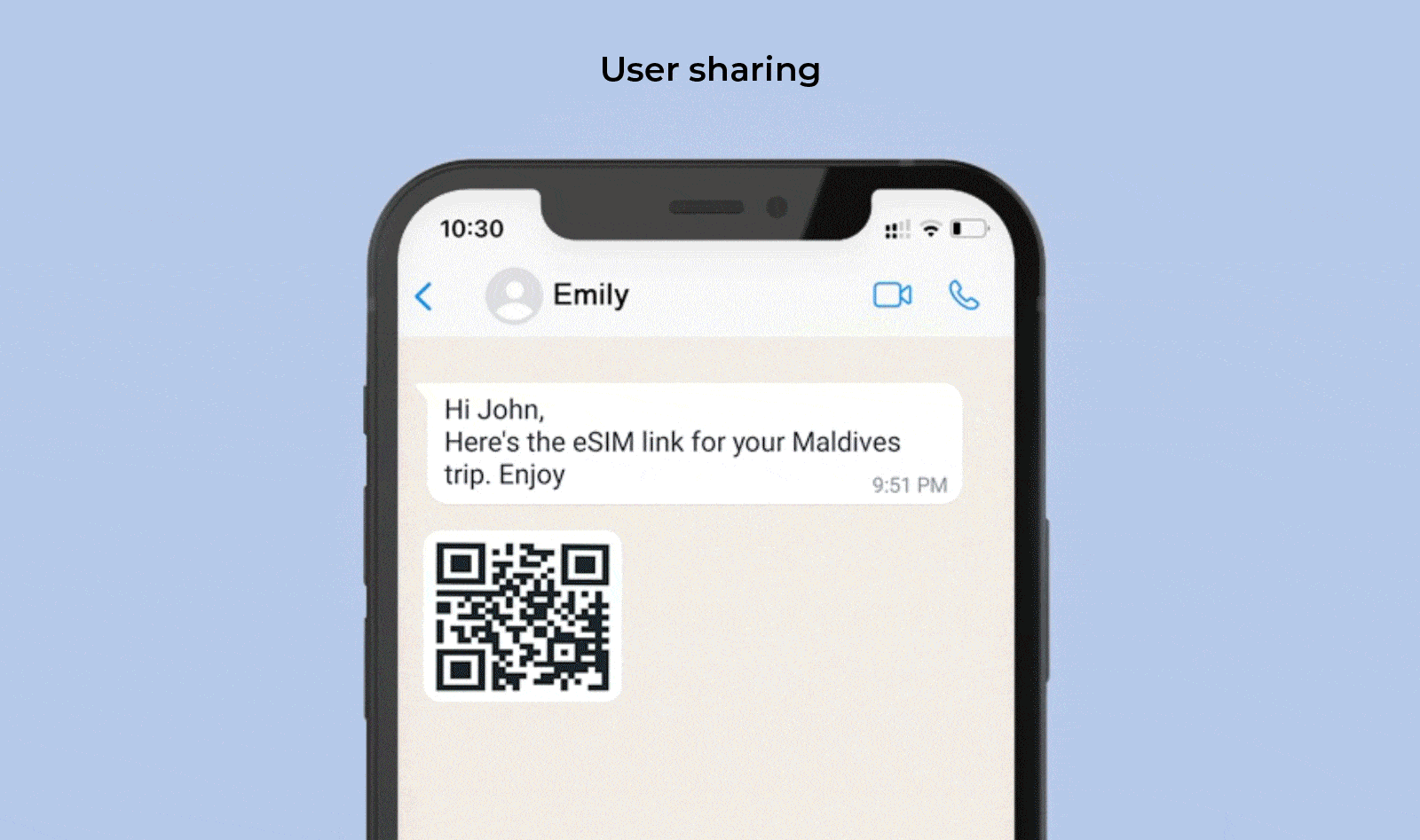Over 250 operators are offering eSIM, a fivefold increase over the last three years, according to the GSMA, and adoption is likely to accelerate following the launch of the eSIM-only iPhone this year. Adopting a digital mindset is instrumental to both a mobile network operators’ (MNO) and mobile virtual network operators’ (MVNO) future evolution. For operators who make the move to selling eSIM, this translates into new opportunities for telcos, from growing their user base and attracting more higher-spending ARPU subscribers to being more competitive by offering a fast, convenient and eco-friendly service. The best part is that with plug-and-play cloud-based solutions eSIM is less complicated and more affordable than many think, offers a range of benefits, and is easy to manage.
Growing eSIM adoption

eSIM cloud is lower cost and commitment
An important consideration for any business is the cost and ROI. The infrastructure of on-premise systems and their mandatory GSMA-certification can be a very time and resource-consuming experience that can drain most network operators’ IoT budgets and technical teams.
The fact that an eSIM cloud platform requires no upfront investment is a major drawcard for telcos looking to move fast and without slowing down other projects. Subscription managers utilising eSIM cloud platforms can offer the network operator highly affordable and scalable pricing models that include pay only for what they use rates and do not tie the telco to any heavy set up fees or long-term financial commitments.
What’s more, as a cloud eSIM platform it is ready to go – it requires no additional technical expertise or resources from the network operator. In fact, telcos don’t need to invest in or integrate anything which gives them ultimate freedom to evolve their business as they choose, based on market demand rather than contractual obligations.
Comparing eSIM deployments

eSIM cloud is ready to go
Since eSIM removes the headaches associated with physical production and distribution required, lead times are reduced drastically, from around 12 months down to mere days once the eSIM management platform is set up. This is a big cost and time saver and allows the network operator to bring new products and updates to market at a hyper-accelerated rate.
A key difference between cloud and onsite hosting is that the plug-and-play nature of the cloud platform means instant deployment with no additional resources required. Not only is the GSMA SAS-certified security and uptime reliability better than onsite, most cloud platforms offer enhanced system redundancy to ensure the telco has business contingency and is fully protected from service failure.
For a network operator to start offering eSIM with a cloud platform, they simply need to provide the same three input files they do for profile development with traditional SIM cards – that is the electrical profile, the input files, and the input keys. It really is that simple.
As well as the obvious speed, reliability and cost benefits, some subscription managers may offer enhanced SIM orchestration capabilities that make managing users and sales channels much easier than it is for traditional SIMs — these include online, real-time visibility, reporting and automation of profiles from vendors and to sales channels and users’ devices. When using a platform such as Workz’s Multi-tenant eSIM Hub (MeSH), which overlays a telco’s existing eSIM management platform, telcos are able to have one single interface to manage multiple tenants, their sales channels, vendor platforms, sites, entities, and enterprise clients.
MeSH – one uniting interface

New activation solutions speed up user onboarding
In terms of onboarding eSIM subscribers, one of the easiest methods at a telco’s disposal is using QR codes which fit seamlessly into the current operator current set up and process without requiring any integration into their backend systems.
During the initial introduction phase of eSIM technology, telcos would print unique QR codes for each subscriber, most likely within a physical starter pack, incurring time and cost at each step of the process whilst still maintaining a significant supply chain not too dissimilar to traditional SIM cards. Now, they can provide a universal QR code that anyone can scan to receive their own on-demand personal or unique activation code. The virtualisation of the unique code simplifies the whole activation process and means users can enjoy a far quicker and more convenient service. In addition to improving the quality of the experience for the subscriber, the universal QR code simplifies distribution for telcos and enables new marketing channels. All this results, in network providers being able to enjoy greater acquisition and retention rates.
On-demand activation with universal QR code

As a network’s eSIM subscriber base and ROI scales up, more advanced digital discovery options such as Apple Lookup Service or adding custom onboarding functionality to a telco’s self-care app can be implemented to provide an enhanced quality of experience and competitiveness.
eSIM cloud’s immediacy future-proofs telcos
Consumers are becoming a lot more discerning, so much so that a PWC study found that out of 15,000 people surveyed, one third would leave a brand they like after one bad experience. However, those same consumers would pay an 8% premium for a cellular plan with a brand that provided a good experience.
The time and effort required to sign up to use a network operator’s service with a traditional SIM doesn’t deliver the same immediacy as other products which have embraced digital mediums e.g. streaming services provide subscribers instant gratification by allowing immediate sign up and consumption – something they are coming to expect from everything. eSIM streamlines the onboarding process, and users can be live in seconds instead of days.
Operators that act quickly to gain a foothold in the growing eSIM market by effectively capturing early adopters with a well-designed customer journey are positioning themselves for future success. The decision to move to an eSIM cloud platform, with its plug-and-play nature, quick deployment, low investment but infinite growth potential is a consideration more and more network operators are finding themselves pondering.
If you’d like more information on how MNOs and MNVOs can offer eSIM connectivity easily and affordably with the world’s first GSMA-certified cloud-based eSIM platform, please reach out to us below.


